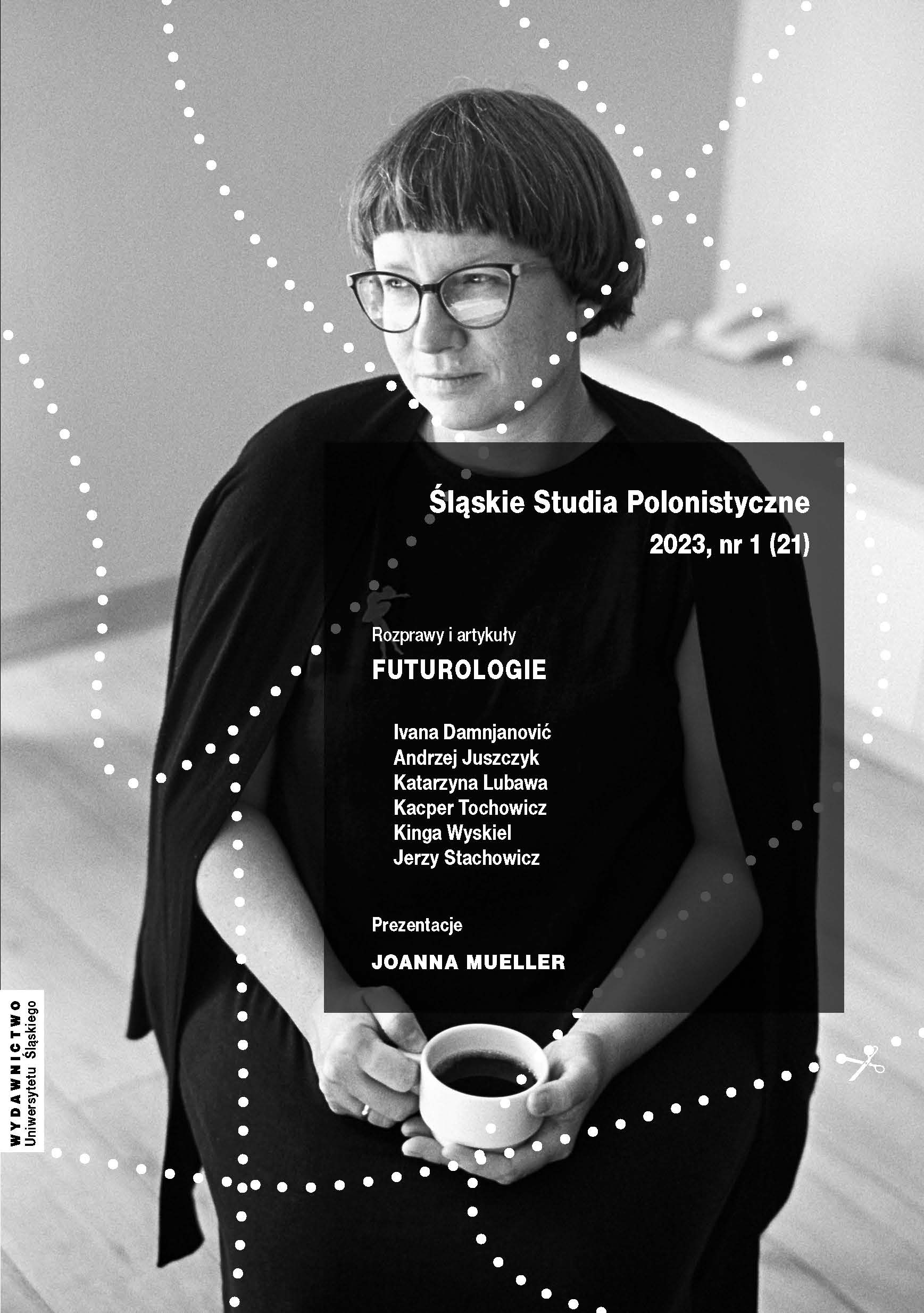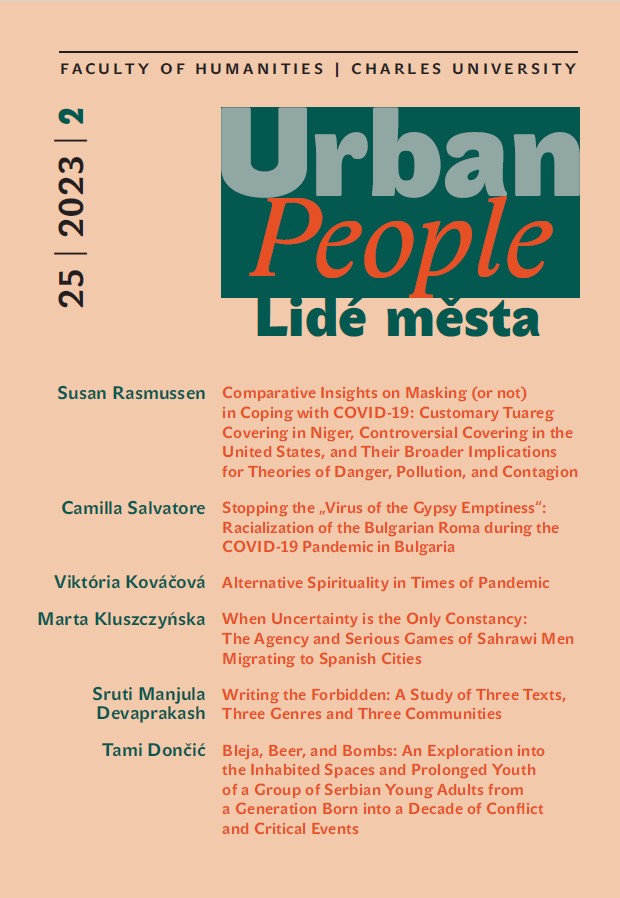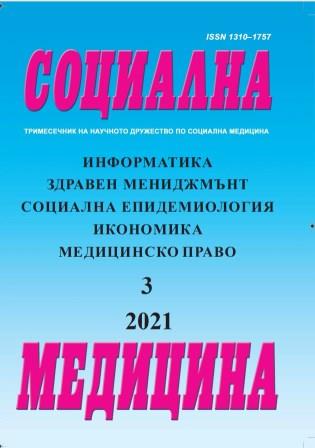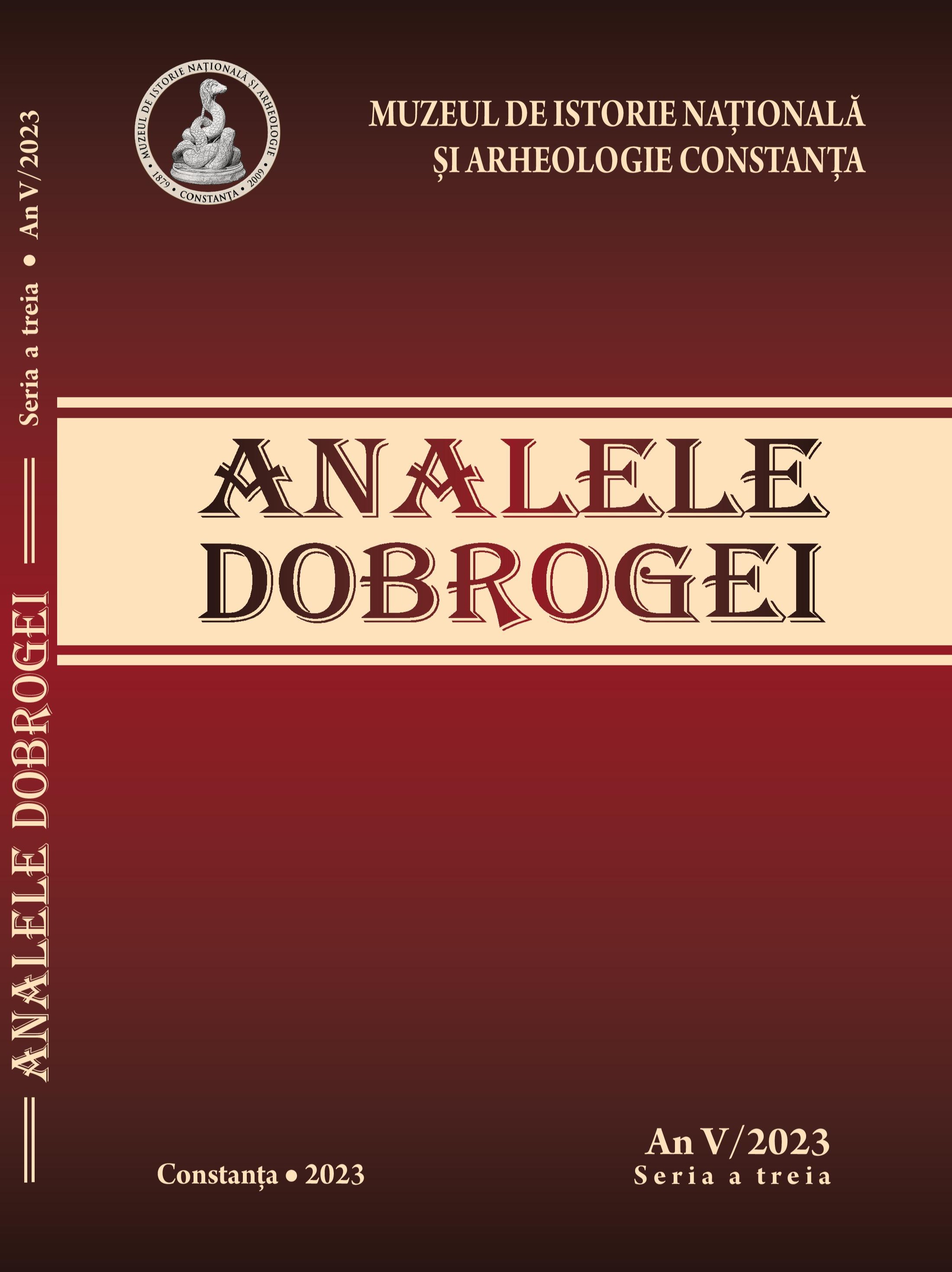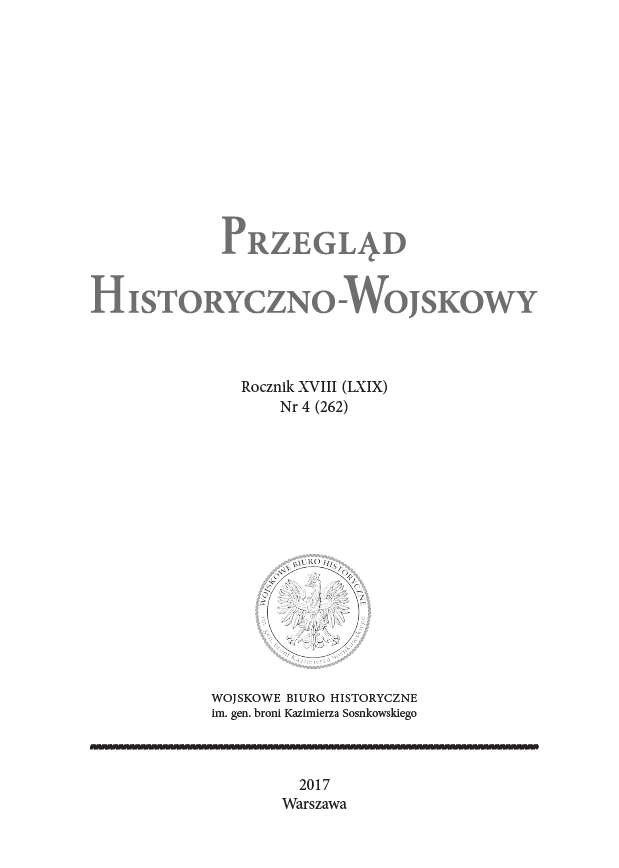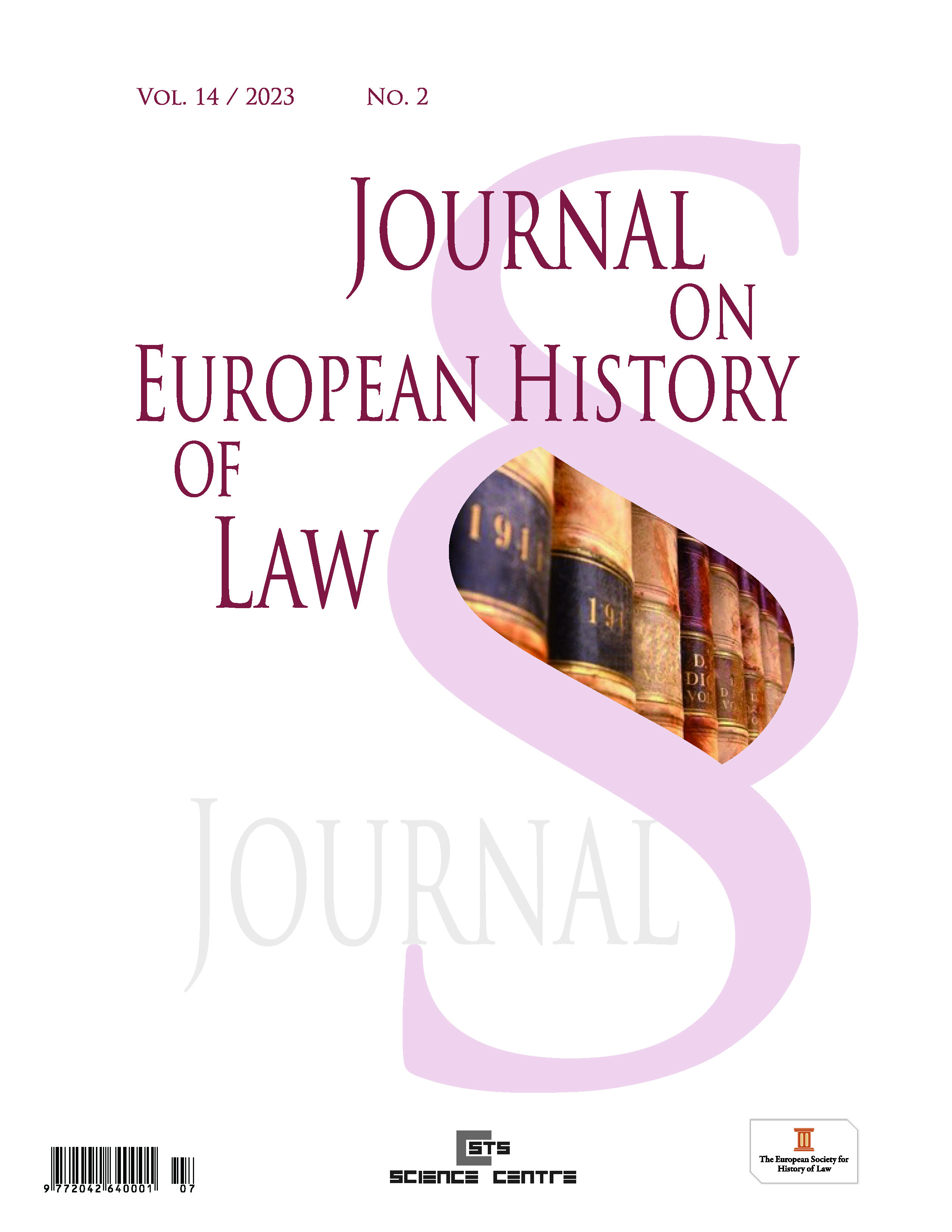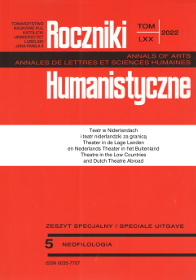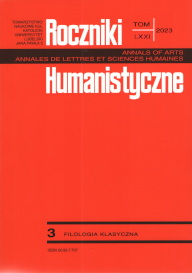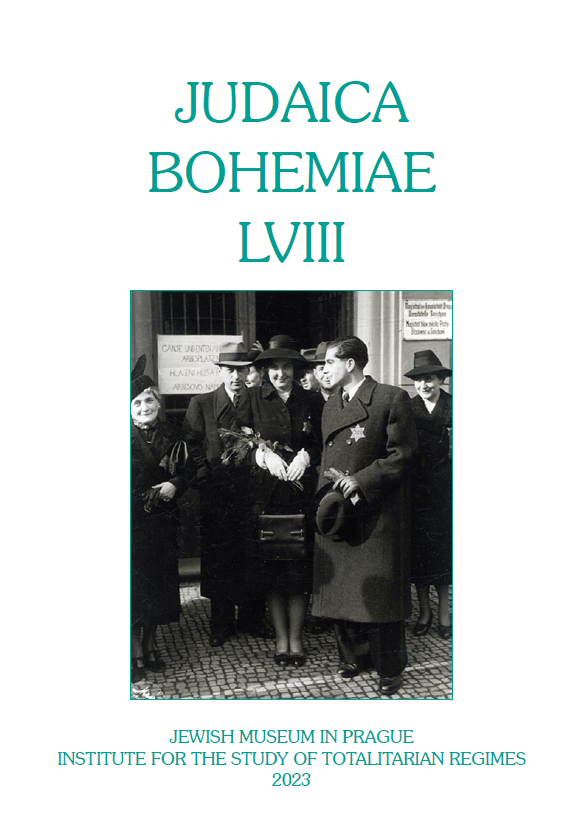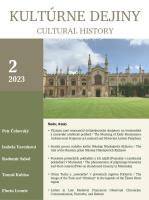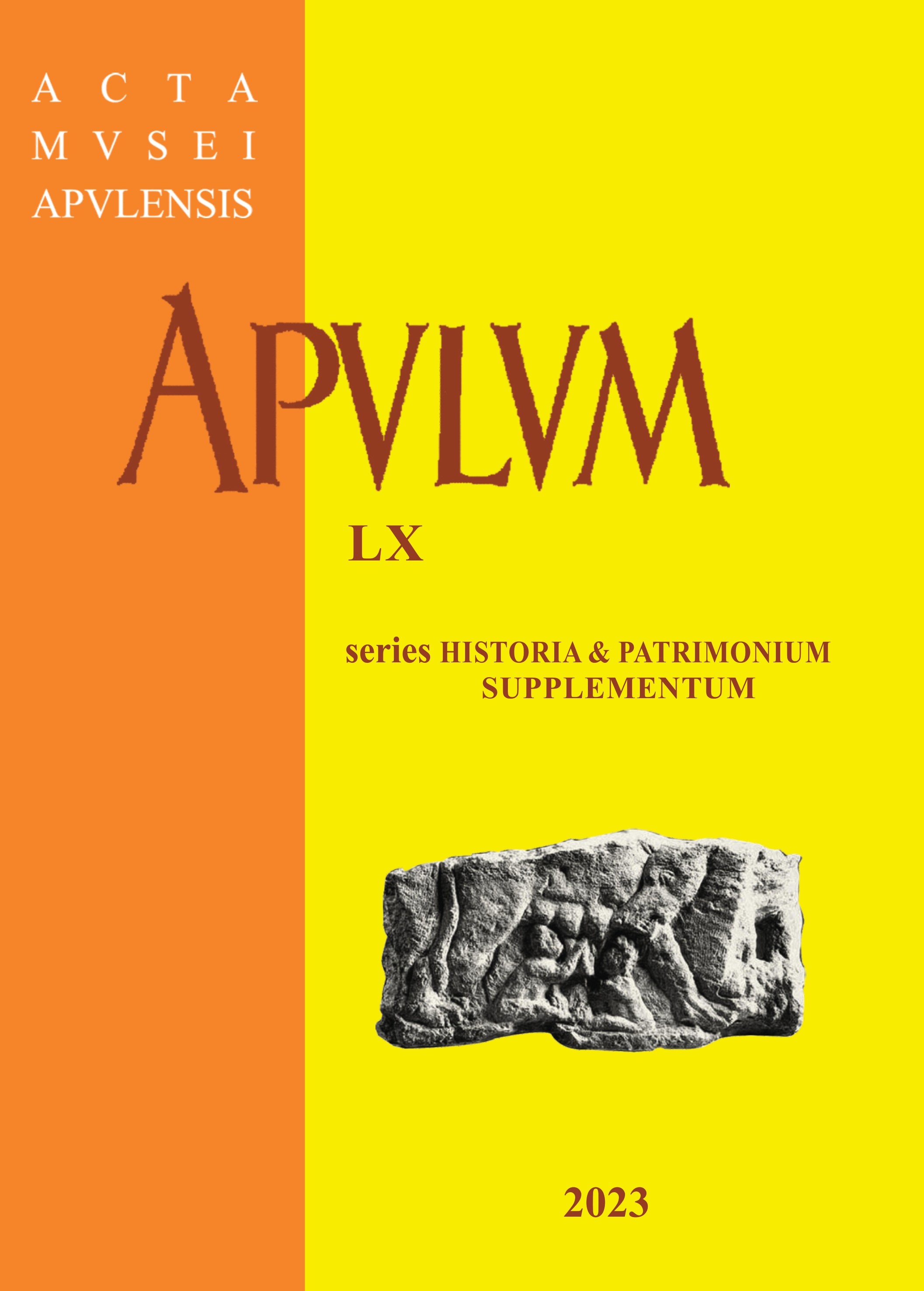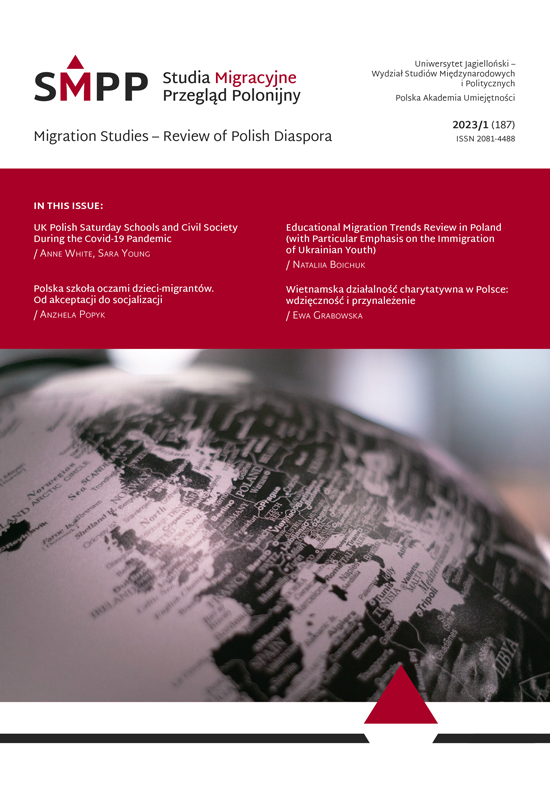
„Chicago Dalekiego Wschodu”, „Miasto Tysiąca i Jednej Nocy” czy „Babilon Wschodu” – Szanghaj i Polonia szanghajska w wybranej polskiej przedwojennej prasie w latach 30. XX wieku
The aim of this article is to discuss how selected Polish magazines in the years 1931–1939, in the time between the new phase of the conflict between China and Japan and the outbreak of World War II, presented Shanghai. It was discussed in the context of: the modernization of China, the Second Sino-Japanese War and the activities of the Shanghai Polish Diaspora. And also, as today, it was perceived as one of the symbols of the Middle Kingdom. In the first case, the editors of the magazines emphasized his special role in the political, economic, and cultural situation in the Middle Kingdom. Journalists usually judged the metropolis as a city of many cultures, opportunities, and social contrasts. In the case of the Sino-Japanese conflict, the fate of the bombed Shanghai and its inhabitants became a symbol of Japanese atrocities and war crimes in the Polish press. Journalists also praised the bravery of Chinese soldiers who generously defended the city. Polish magazines did not mention much about the Shanghai Polonia. Usually, these were the only short notes on the subject or individual mentions added when discussing other issues.
More...
